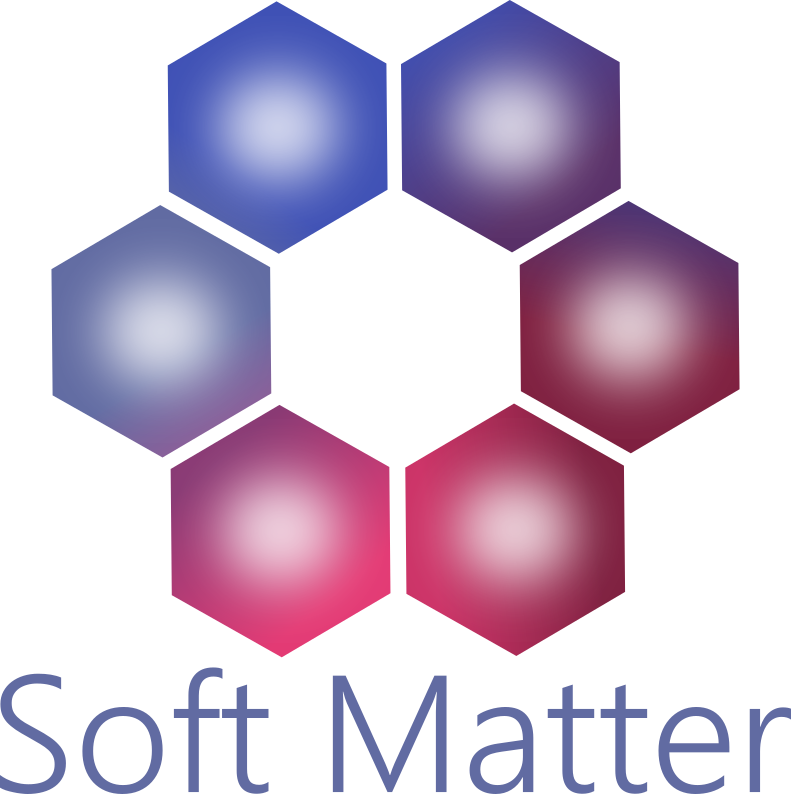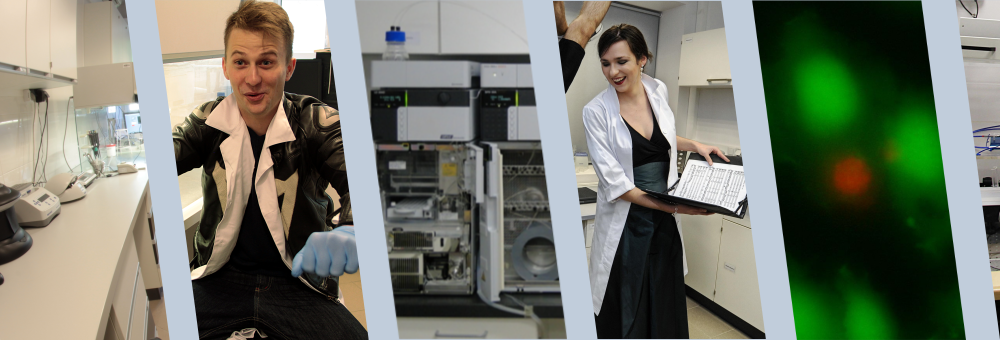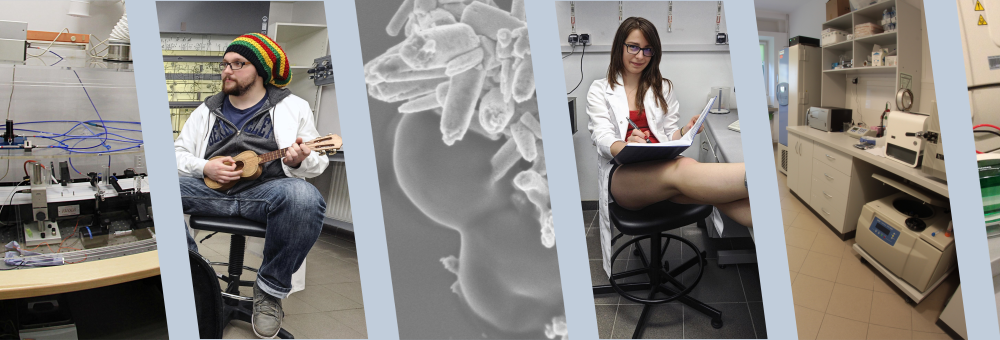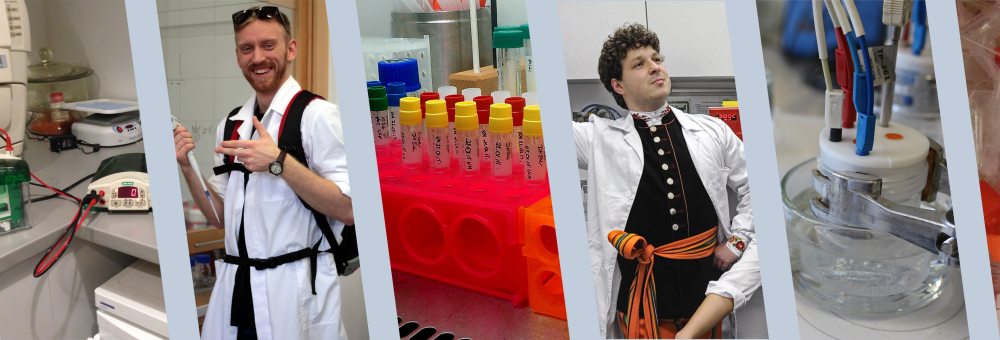Publication
Diffusion and flow in complex liquids ,
Author(s): Makuch, Karol and Hołyst, Robert and Kalwarczyk, Tomasz and Garstecki, Piotr and Brady, John F. ,
Title: Diffusion and flow in complex liquids ,
Abstract: Thermal motion of particles and molecules in liquids underlies many chemical and biological processes. Liquids, especially in biology, are complex due to structure at multiple relevant length scales. While diffusion in homogeneous simple liquids is well understood through the Stokes–Einstein relation, this equation fails completely in describing diffusion in complex media. Modeling, understanding, engineering and controlling processes at the nanoscale, most importantly inside living cells, requires a theoretical framework for the description of viscous response to allow predictions of diffusion rates in complex fluids. Here we use a general framework with the viscosity η(k) described by a function of wave vector in reciprocal space. We introduce a formulation that allows one to relate the rotational and translational diffusion coefficients and determine the viscosity η(k) directly from experiments. We apply our theory to provide a database for rotational diffusion coefficients of proteins/protein complexes in the bacterium E. coli. We also provide a database for the diffusion coefficient of proteins sliding along major grooves of DNA in E. coli. These parameters allow predictions of rate constants for association of proteins. In addition to constituting a theoretical framework for description of diffusion of probes and viscosity in complex fluids, the formulation that we propose should decrease substantially the cost of numerical simulations of transport in complex media by replacing the simulation of individual crowding particles with a continuous medium characterized by a wave-length dependent viscosity η(k).
Pages: 114-124 ,
Journal: Soft Matter ,
Publisher: The Royal Society of Chemistry ,
Volume: 16 ,
Year: 2020
URL: http://dx.doi.org/10.1039/C9SM01119F ,
DOI: 10.1039/C9SM01119F ,









